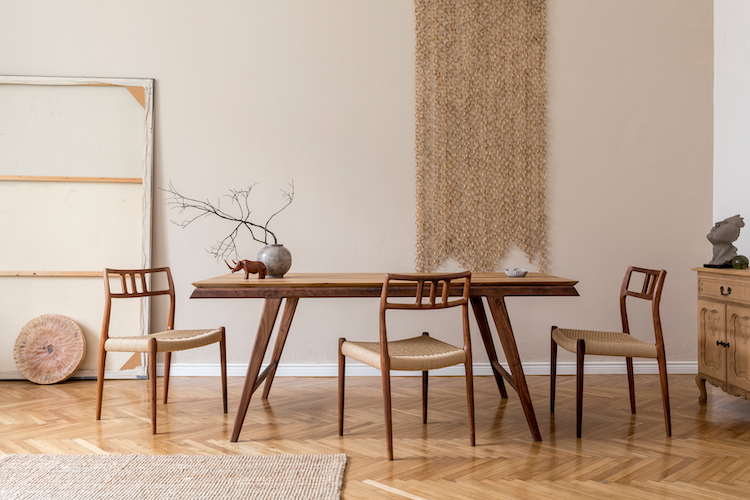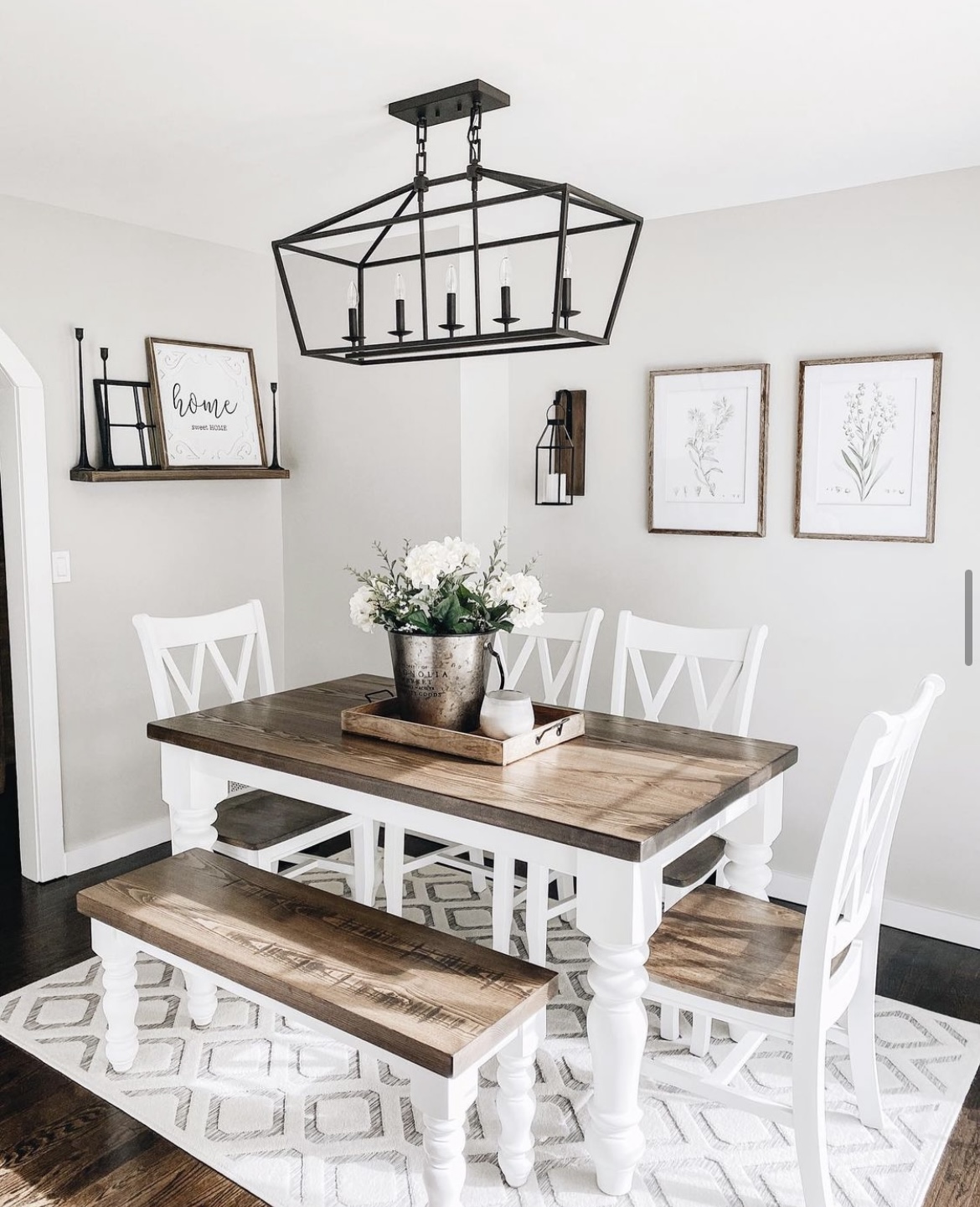Transform Your Dining Space with Stylish Dining Room Table Legs
Transform Your Dining Space with Stylish Dining Room Table Legs
Blog Article
From Typical to Modern: Locate the Ideal Dining-room Table Legs for Your Style
While timeless designs such as cabriole and turned legs stimulate a feeling of classic sophistication, contemporary designs like barrette and geometric options provide a chance for striking visual passion. As you think about these components, the inquiry remains: how can you perfectly incorporate these varied leg designs to produce an unified eating experience?
Recognizing Table Leg Styles
The range of dining-room table leg designs can considerably influence both the looks and functionality of the room. Each leg style adds distinct aesthetic components and useful features, satisfying diverse design preferences and use needs. Comprehending these designs is critical for selecting the ideal eating table that aligns with your general interior decoration vision.
For example, tapered legs offer a clean, classic look that can improve an area's beauty, while stand bases offer stability and optimize legroom, making them ideal for smaller sized rooms. Hairpin legs, a trademark of mid-century modern layout, introduce an industrial panache, permitting for a ventilated, open feel. Trestle legs evoke rustic appeal, supplying durable assistance and a feeling of eternity.
Wood legs can bring heat and structure, whereas steel alternatives often communicate a sleek, contemporary ambiance. Ultimately, recognizing table leg designs is essential for producing a natural dining location that mirrors personal design while ensuring usefulness and comfort.
Typical Table Leg Options
When picking dining-room table legs, standard alternatives commonly symbolize ageless beauty and workmanship. These layouts show an abundant heritage and a dedication to quality, making them suitable for those that value timeless visual appeals.
One of one of the most iconic traditional leg designs is the cabriole leg, identified by its stylish curved shape. This layout usually includes decorative carvings and is most generally found in Queen Anne and Chippendale furniture. Another prominent alternative is the transformed leg, which flaunts a series of smooth, rounded forms that give a classic look while preserving security.
Furthermore, the straight leg, while straightforward, provides a sturdy and basic structure that can mix flawlessly with a selection of tabletop designs. For those drawn to ornate describing, claw-and-ball feet legs evoke a sense of splendour and can act as a sensational focal factor in any kind of dining area.
Finally, stand bases, although not strictly legs, give an alternate typical alternative that enables enough legroom and can be wonderfully carved. Each of these standard leg styles contributes to the general atmosphere of a dining-room, weding feature with aesthetic charm.

Modern Table Leg Layouts
Modern table leg styles use a diverse series of designs that highlight clean lines and cutting-edge materials. These designs commonly focus on capability while working as striking focal points within an eating space. Minimal appearances are widespread, with legs crafted from materials such as steel, glass, and engineered wood, which add to a modern and airy feel.
One prominent layout is the hairpin leg, defined by its slender, conical framework that provides stability without overwhelming the table top (dining room table legs). This design is commonly discovered in mid-century modern furnishings and can easily enhance numerous table forms. An additional fad is the use of geometric shapes, where legs may tackle angular or unbalanced types, adding aesthetic passion and a touch of creativity

Mixing Designs for Unique Spaces
Commonly, property owners seek to develop unique eating areas that mirror their individual design by blending various layout aspects. This strategy enables the incorporation of diverse looks, resulting in an unified yet distinct environment. Matching a rustic wooden table with sleek, modern steel legs can develop an eye-catching contrast that boosts the space's general allure.
In addition, incorporating vintage table legs with contemporary table tops can evoke a feeling of history while preserving a modern-day sensibility. Such combinations not only display specific preference yet additionally encourage imagination, permitting house owners to curate a room that feels both personal and welcoming.
Color plays a crucial role in this mixing check out here process; choosing table legs that match or comparison with the existing shade scheme can improve aesthetic rate of interest. Whitewashed legs can soften the boldness of a dark table surface, creating a balanced aesthetic.
Tips for Choosing the Right Legs
Choosing the right table legs is crucial for achieving both performance and visual appeal in your dining space. Begin by taking into consideration the general design of your area. Traditional setups benefit from legs that include detailed makings or transformed styles, while contemporary rooms may require informative post sleek, minimalist designs.
Next, analyze the elevation and stability of the legs. dining room table legs. Basic dining tables range in between 28 to 30 inches in elevation, so make certain the legs complement this dimension for comfort. Furthermore, robust products, such as wood or steel, can boost stability and durability
Review the leg shape too-- choices consist of straight, tapered, or pedestal designs. Straight legs use a traditional appearance, while tapered legs can include a touch of elegance. Pedestal bases give ample legroom and are excellent for smaller spaces.
Verdict
In summary, picking the excellent dining space table legs requires mindful factor to consider of both conventional and contemporary styles. Typical options such as cabriole and transformed legs offer timeless sophistication, while modern styles like hairpin and geometric shapes provide a contemporary touch. By harmonizing leg style, elevation, and product with the total design, a natural and welcoming atmosphere can be attained. Ultimately, the selected table legs must show the preferred visual, enhancing the dining experience within the space.
The variety of dining area table leg designs can significantly affect both the appearances and functionality of the space. Inevitably, comprehending table leg designs is necessary for creating a natural dining location that reflects personal design while making sure usefulness and convenience.One of the most renowned standard leg designs is the cabriole leg, identified by its elegant bent form. Straight legs use a timeless look, while tapered legs can include a touch of sophistication.In recap, choosing the perfect dining room table legs calls for careful factor to consider of both modern and conventional styles.
Report this page